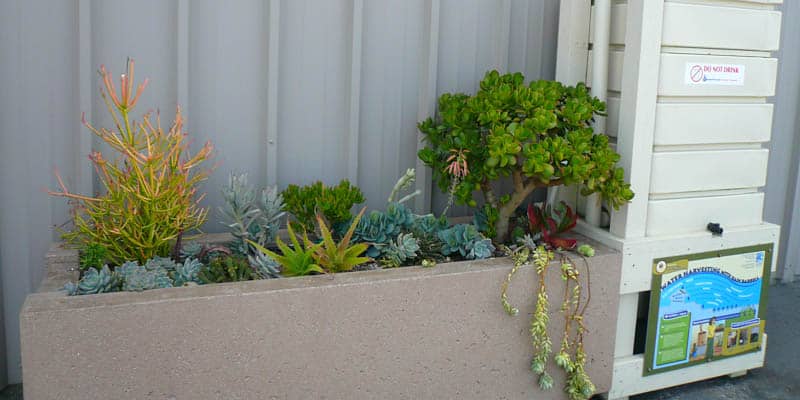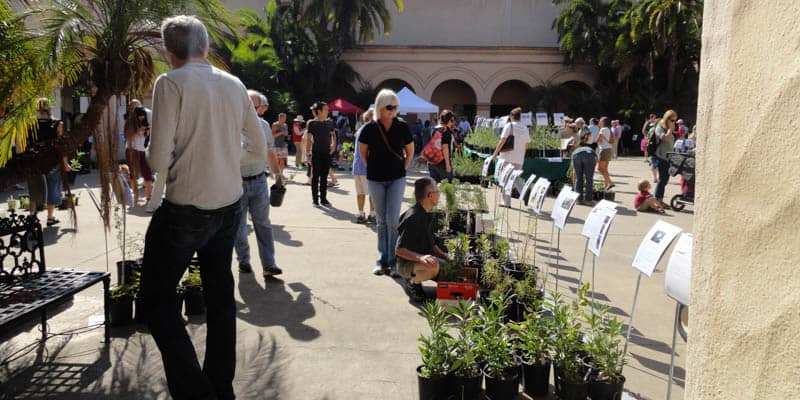Conservation
In 2015, in the face of a severe, multi-year drought, Governor Brown ordered mandatory statewide water use restrictions. San Diego responded by cutting water use by 20 percent, showing that conservation as a way of life is possible. With water efficient appliances becoming the norm and native landscapes that enhance, rather than mask, the natural beauty of our region gaining popularity, even greater savings are possible. According to the Pacific Institute, water conservation and efficiency improvements − like those called for in the state’s new water plan − could reduce water use by a third. Conservation is widely recognized as both the least expensive and most environmentally beneficial water supply strategy available to San Diego.
Conservation as Water Supply


Though we do not often think about conservation as a type of water supply, water saved through conservation and efficiency efforts can be used to meet other water needs, or saved for use during times of water scarcity. In San Diego, the importance of water conservation cannot be overstated. Because the San Diego region imports over 80 percent of our drinkable water from other regions, including northern California and the Colorado River, it is crucial that we use that water wisely and efficiently. As impacts from climate change and urban development further stress our cities and natural environment, enhancing the reliability and sustainability of San Diego’s water supply increasingly necessitates taking a holistic, multi-benefit approach to water management that starts with reducing demand. A good place to start is with outdoor water use. An estimated 50 percent of San Diego’s drinkable water is used irrigating outdoor landscapes. While open green space is important for the well-being of our communities, ornamental landscaping should be regionally appropriate and prioritize the use of vibrant native plants instead of water-intensive non-natives, such as excessive or default use of turf grass.
The Many Benefits of Conservation


Water conservation is what we call a “multi-benefit solution” because conserving water not only increases our water supply, it reduces emissions (to learn more about the connection between water and energy, click here) and helps control pollution by preventing the runoff that occurs with overwatering and water waste. Conservation is the least expensive and most efficient strategy for ensuring adequate water supply for both human communities and the environment, and is an important part of a One Water approach to managing water.
Water saved through conservation can used by communities during times of increased water scarcity. It can also be allocated to environmental purposes, such as the creation of wetlands and habitat restoration, enhancing our environment and its ability to provide ecosystem services. Conservation also serves to cut down on the energy used to extract, treat, and transfer water, which in turn reduces greenhouse gas emissions. This reduction in emissions is particularly significant given that climate change is one of the primary drivers of the extreme drought conditions that lead to further water scarcity. Conserving water at home also helps reduce pollution in your local watershed. By using drought-resistant native plants in your outdoor landscaping and sweeping your driveway instead of hosing it down, you reduce the risk of water running off your property and turning into polluted urban runoff, which is damaging to the surrounding environment as well as the ocean at the end of your watershed.















